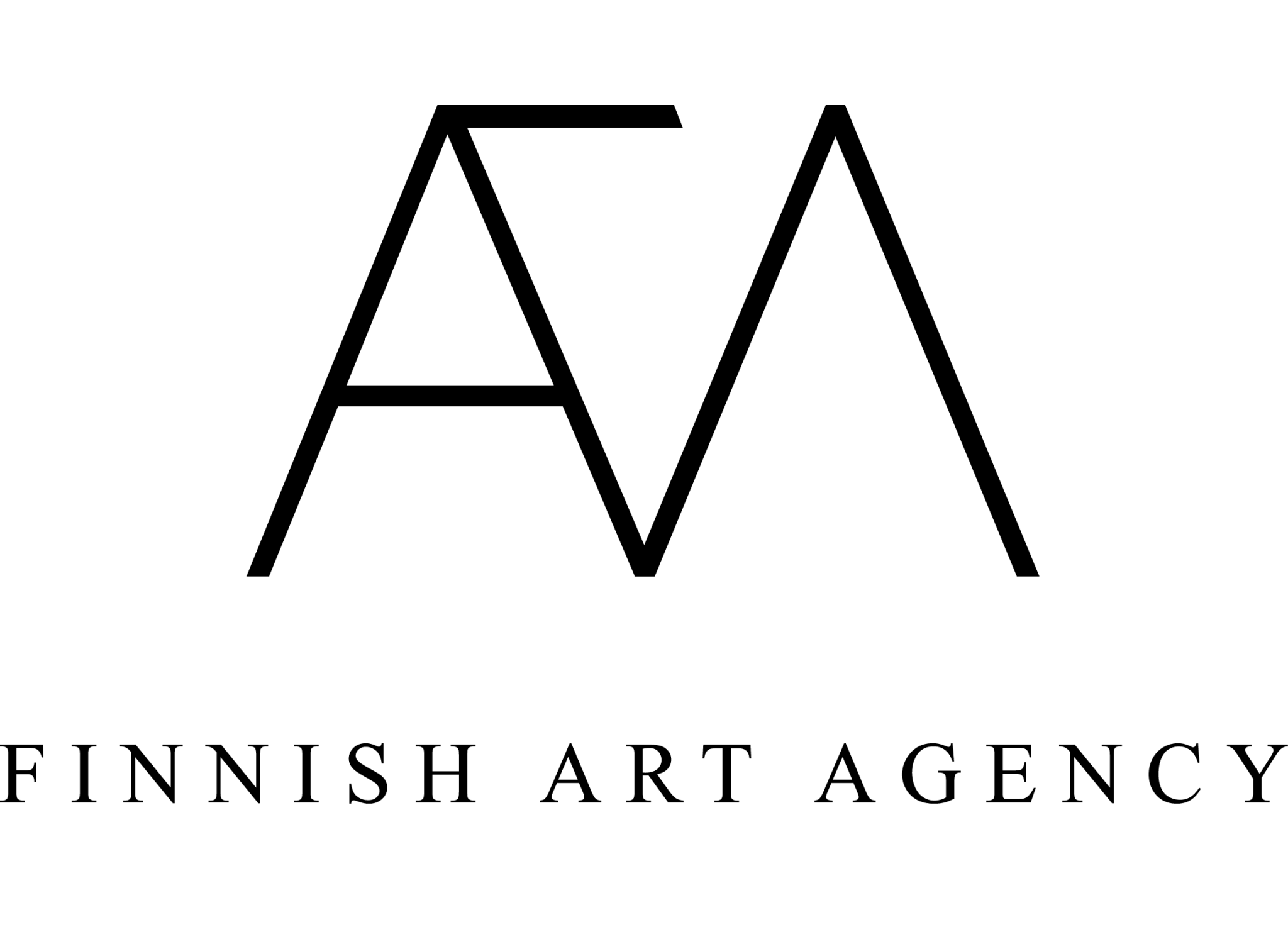Review of Laura Robertson’s workshop by artist Alex Markwith
Every time I write, I create myself Creative writing workshop with Laura Robertson
I had the pleasure of being a Zoom participant in a creative writing workshop with Laura Robertson of the Double Negative, hosted by the Finnish Art Agency in Helsinki. It was a highly engaging two hours during which we explored different approaches to creative writing and reconsidered the ways we write about our artistic work.
The workshop is structured around several five-minute writing exercises, which Robertson says are “deliberately fast-paced in order to outrun anxiety and self-doubt while opening up a space to write instinctively”. Sounds like exactly what I need, and I think I am not alone in that sentiment.
The first, and for many, most difficult, hurdle of the creative process is to give yourself permission to start, without prejudging your own thoughts. Robertson begins by emphasizing that our time together is about “creative play” rather than perfection or editing. She encourages us to “banish our inner critics” and allow our writing to “have an infancy”. Our focus today is generating text without over-analyzing, allowing ourselves the freedom to produce.
Our first writing exercise is to look out the window and describe what we see. Five minutes goes by quickly, after which we are given the option to share our writing with our Zoom group and discuss the experience. It is amazing how much the simple exercise has warmed up our mental muscles, gotten our juices flowing.
Laura Robertson strikes a remarkable balance between giving us time as participants to engage in the active practice of writing, and contextualizing the methodology of her workshop with a slide presentation displaying relevant images and quotes, often but not always from familiar names. “Every story I create, creates me. I write to create myself.” That quote from Octavia E. Butler is one of many gems.
A later exercise focuses on the subjective voice, using the first-person pronouns: I, me and my. Looking back, this seems quite logical. If “I” am writing, then of course I have to talk about me!
Yet, this exercise felt oddly subversive because as I recall now, writing in the first person was something that, at least for some time during my public school years in the United States, I was explicitly taught not to do. As a teenager, I was taught that one must aspire to objectivity in one’s tone, and thus write in the third person. Remove yourself as an author; talk about the facts. No doubt that approach is well suited for certain types of writing, such as a scientific journal or
academic research paper, but for an artist it’s just another rule to throw out the window if you wish. Maybe writing about your work in the first person is exactly what you need to open up.
As evidence, Robertson presents a 1961 text titled “I am for an Art”, an artist statement written by Claes Oldenburg in which every sentence begins with the words “I am for”. It is inspiring to read, and becomes the basis of our next exercise.
Many artists struggle to write about their own work, a curious reality we set out to untangle in our discussion. As a painter, I confirm that it is often difficult to translate my visual art practice into words. Writing about my work presents a challenge as per the truism that artists tend to be the worst people to explain their own creations. Plus, it’s important to note that when we write about our work as artists, it is often done alongside grant or exhibition applications which demand their blocky fields be filled according to specific criteria. The reward is in the distance, and I am about to submit my material into a pool of untold numbers. I need to present myself as the most qualified professional, check all the boxes, get the facts straight. No room for error! Writing under pressure, it tends not to occur that maybe I should try to access the same creative mindset that I find when painting. It again feels subversive in some way, as though creativity belongs in the studio whereas when I am writing about my work I am reporting for business, presenting a different side of myself to the public.
Instead, Robertson asks: Would a more creative writing approach reflect your work better? Why are we taught in art school to keep our writing separate from our studio practice? Can your artist statement be more experimental?
Robertson proposes that art writing as a whole would benefit from being less academic, and suggests several methods for us to generate more creative text.
For example, you could try writing in the voice of your own favorite artist or author. You could write from the perspective of an animal. You can write from the perspective of a non-living object, including but not limited to one of your own artworks. How about writing from the perspective of a color?
If that type of thing is too “out there” for your taste, no problem. Take a few deep breaths and describe the sounds of your surroundings, without using metaphor or simile. You could also try to create an inventory of items in your home: look around and list every item you see, then categorize.
Of course, these are only a few of the endless ways to overcome the dreaded “writer’s block”. It must be said, but it should go without saying that you can always invent your own exercises. As Laura Robertson says, “We can write any way we want.”
Alex Markwith 2023
Ps. If you wish to participate for our next workshop with art critic, teacher Laura Robertson in November 2023, please e-mail info(at)finnishartagency.com and say that you want to get on the waiting list of the writing workshop. Thank you!

